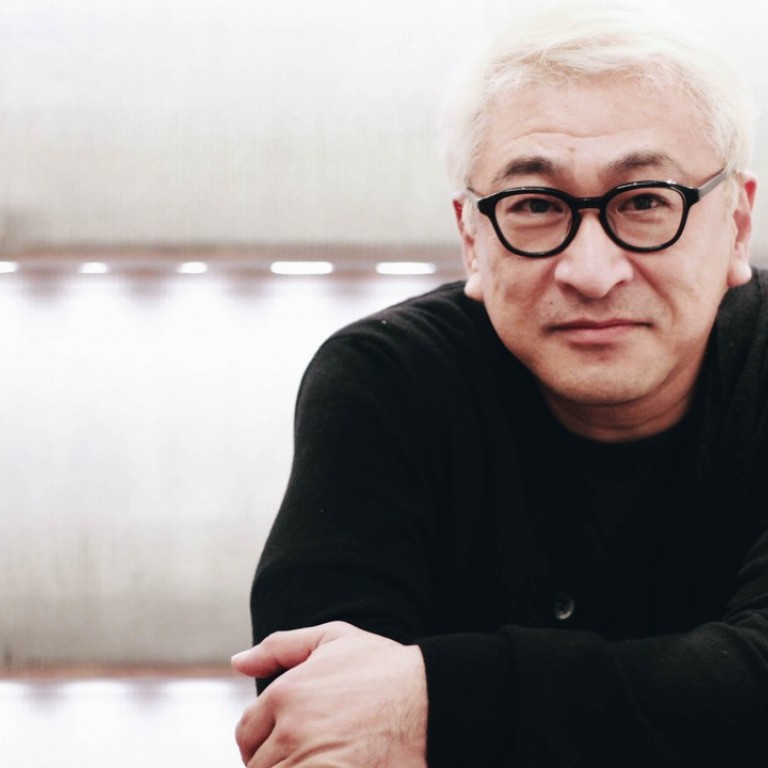
Fashion’s favourite architect, Masamichi Katayama of Wonderwall, on the role of store design in luring shoppers
He made a splash with A Bathing Ape, designed Uniqlo stores around the world, and worked for the likes of Thom Browne and Pierre Hermé; reading the potential shopper’s subconscious mind is his secret, Japanese designer says
The otaku (obsessive enthusiast) mentality is nothing new in Japan. This feverish devotion – often seen in manga and J-pop fans – takes on an awe-inspiring quality when it manifests itself in a design studio. Architect Masamichi Katayama’s Tokyo studio Wonderwall is full of such obsessives.
Why street style is over, in the eyes of one of its original stars, and the menswear trends he’s seeing in Hong Kong and Japan
Before an interior design is realised, a team of artisans under the direction of Katayama hand-makes miniature model designs with painstaking attention to detail – a chair the size of a fingertip is crafted out of extremely thin wooden shavings.
“We’re sensitive about everything from every angle. Otaku mentality is very Japanese,” says 51-year-old Katayama. “And it’s about craftsmanship. Craftsmanship is not only creating to fulfil other people, but also creating to fulfil yourself.”
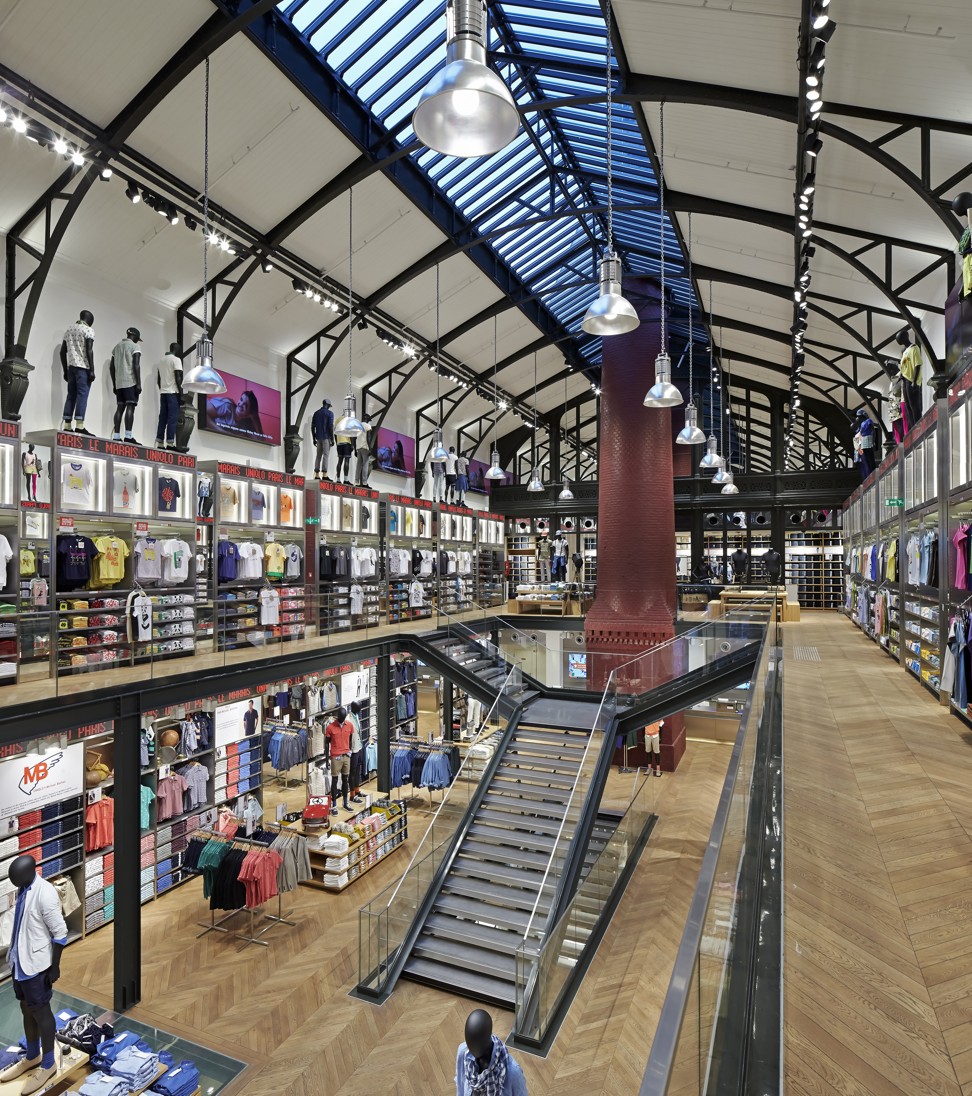
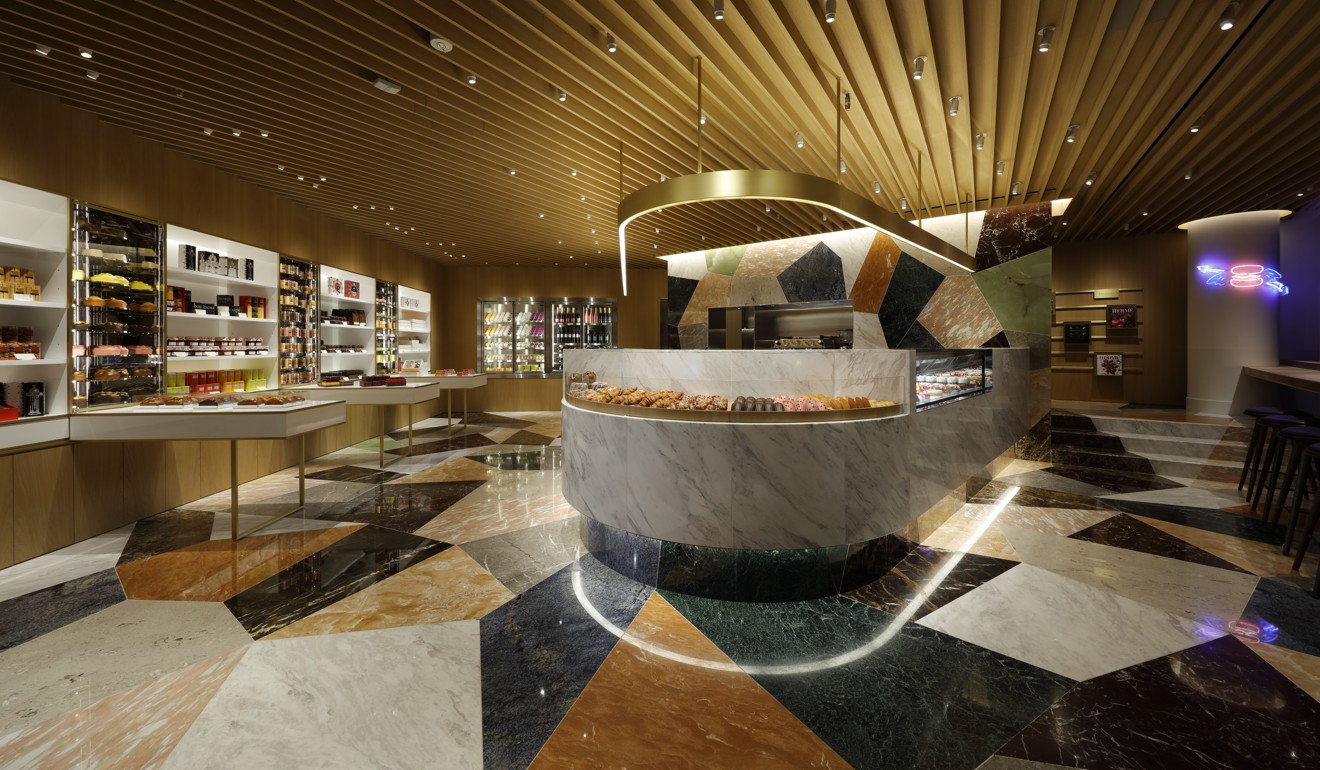
Why street style is over, in the eyes of one of its original stars, and the menswear trends he’s seeing in Hong Kong and Japan
Katayama’s first foray into designing stores for the fashion industry came 20 years ago, when he designed the groundbreaking store for cult street wear designer Nigo’s line A Bathing Ape. Five books have been written about his vision for retail spaces, and he has worked with fashion labels such as Thom Browne, Diesel, and A.P.C.

“I was in high school when I first encountered fashion,” Katayama says. “In Japan, Comme des Garcons and Yohji Yamamoto were huge at the time. They gave me a big culture shock. It was so natural for me to see fashion as a new culture and it really hit me hard.”
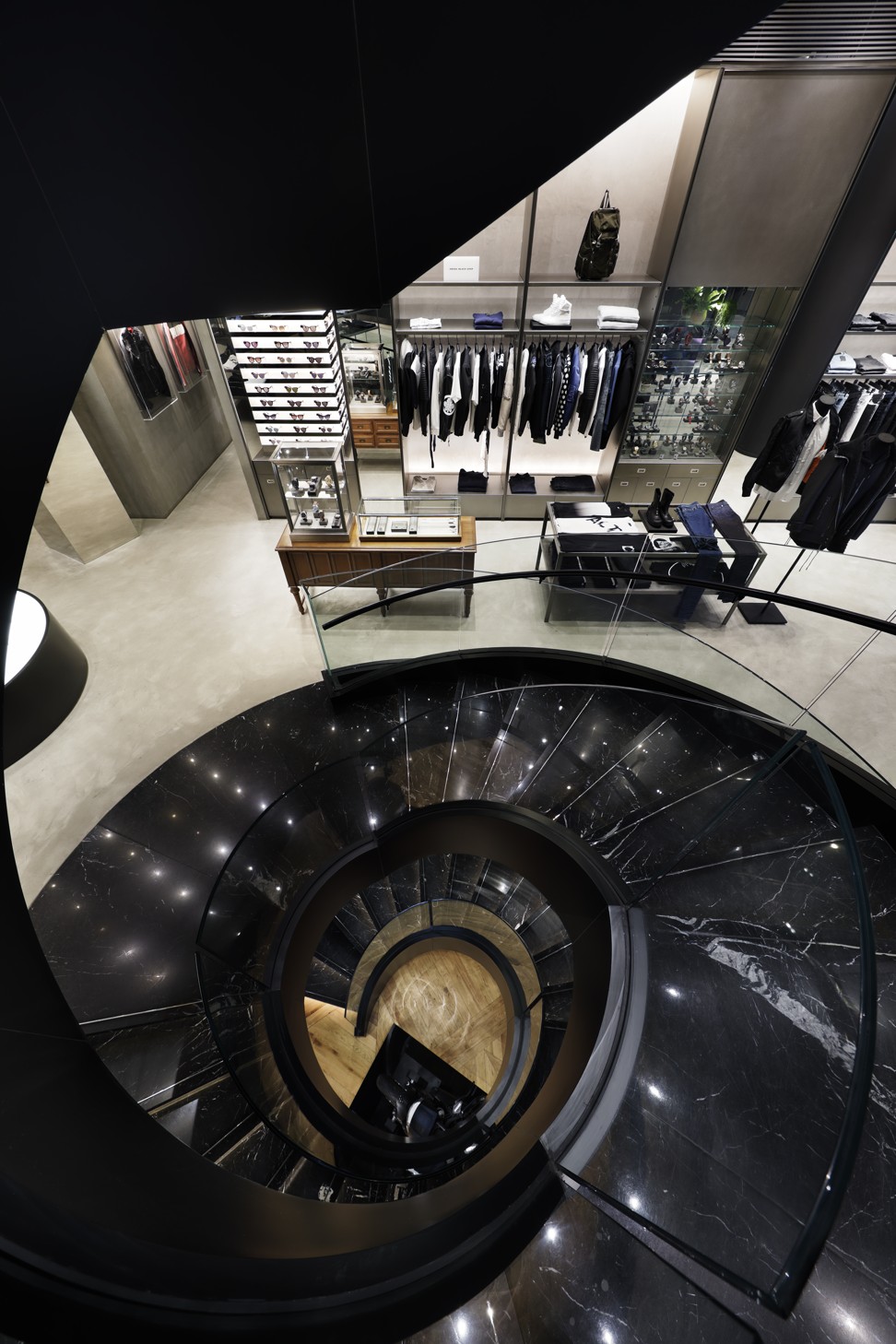
His father owned a furniture shop, and Katayama began toying with the idea of being a designer. “I entered school in Osaka, where I studied interior design. I realised then there was such a job as designing fashion boutiques, which were so hip in Japan. Everything crossed over and I thought it was my fate to go into design.”
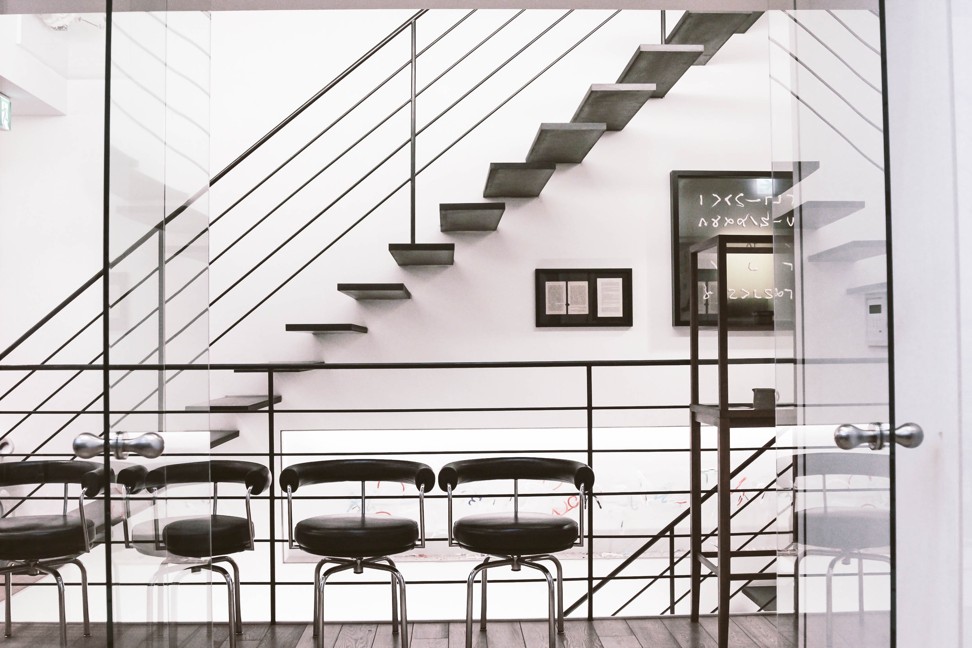
“I’m a big fan of design, fashion, and culture. I’m a designer but I’m a consumer, too – my consumer side might be a little bit bigger than my designer side,” he says. That allows Katayama to create a retail environment that immediately engages and envelops the shopper.
One element of his success is his ability to insert elements of conceptual art into mainstream consumerist culture.

For Katayama, creating an air of familiarity is important. “One of the approaches I use is people’s subconscious mind. If you see a design and you feel you might have seen it in some other place or in some other form, it clicks in the subconscious. You start to wonder why this place is so intriguing – so you will enter.”
Another approach he takes is the Instagram effect. “We have to engage the social media world – how the design will be photographed and spread through social networks.”
How Nautica’s David Chu gave up retirement and created a hugely popular Beijing event space
Katayama is on a mission to spread the gospel of design. As well as managing Wonderwall, he teaches design as a professor at Musashino Art University in Tokyo. This year he will be working on Japan House, a cultural centre occupying three floors of an art deco building in London which will showcase the best of Japanese art, design, gastronomy and technology.
Recent falls in sales at retail stores aren’t lost on Katayama. “Web shops are invading our industry, but it’s natural because convenience wins,” he says.
He has always been a step ahead – from building futuristic spaces in the late 1990s to pioneering experiential brand extensions by offering, say, a cafe experience for a car brand. So what are his thoughts on the future of retailing?
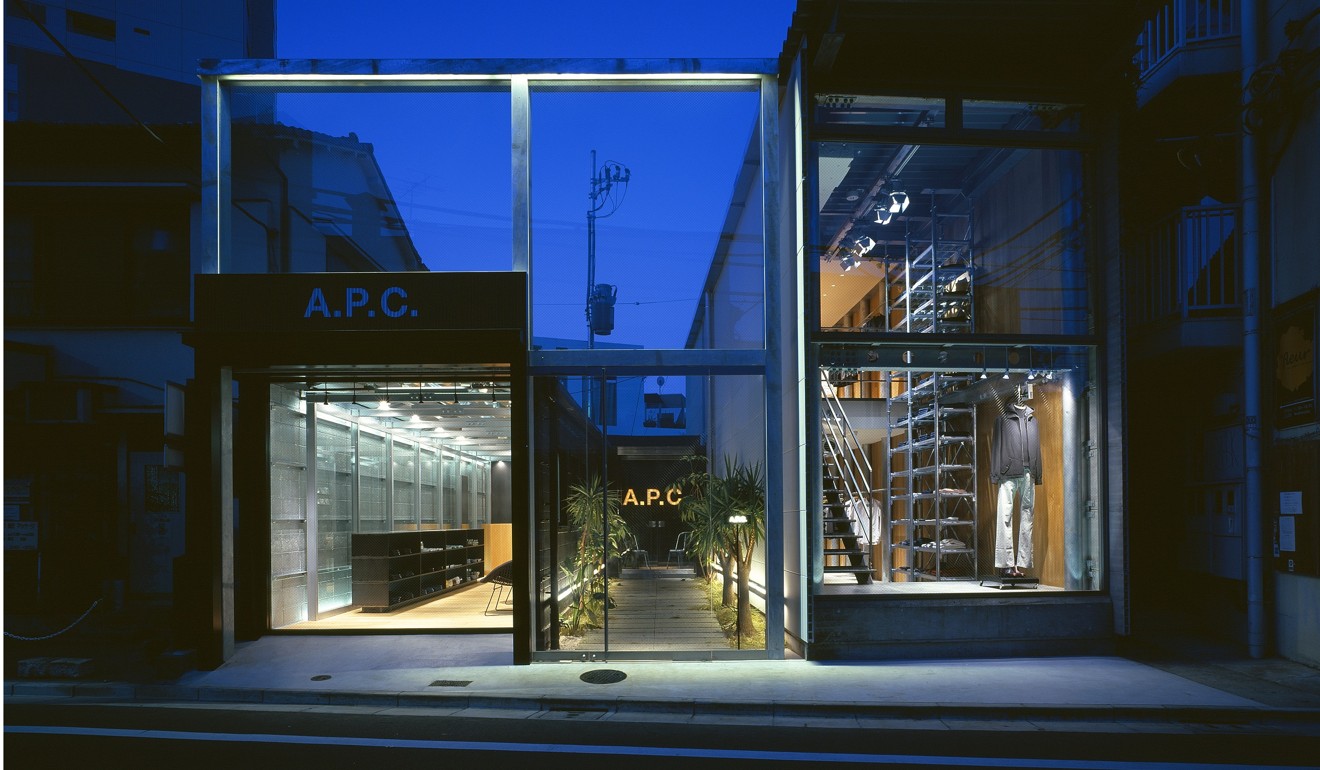
“As the internet evolves towards convenience, I think my industry is evolving towards ‘inconvenience’ – the joy you receive from a time-consuming experience.
“For example, in 10 years, if you want to go from one point to another, you won’t need a driver, you’ll just need a vehicle to take you. If you want to have the joy of the ride, then you will drive yourself. So it’s a different joy. My job is to create the less inconvenient to be even more joyful.”
